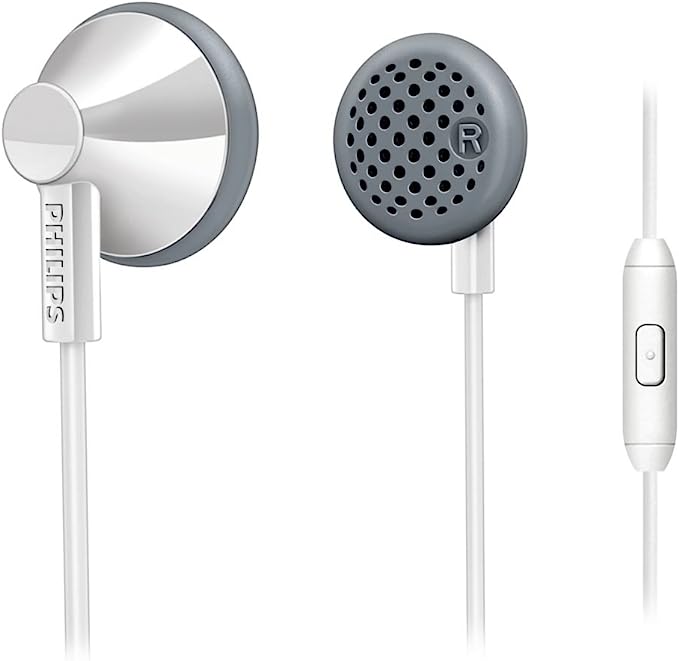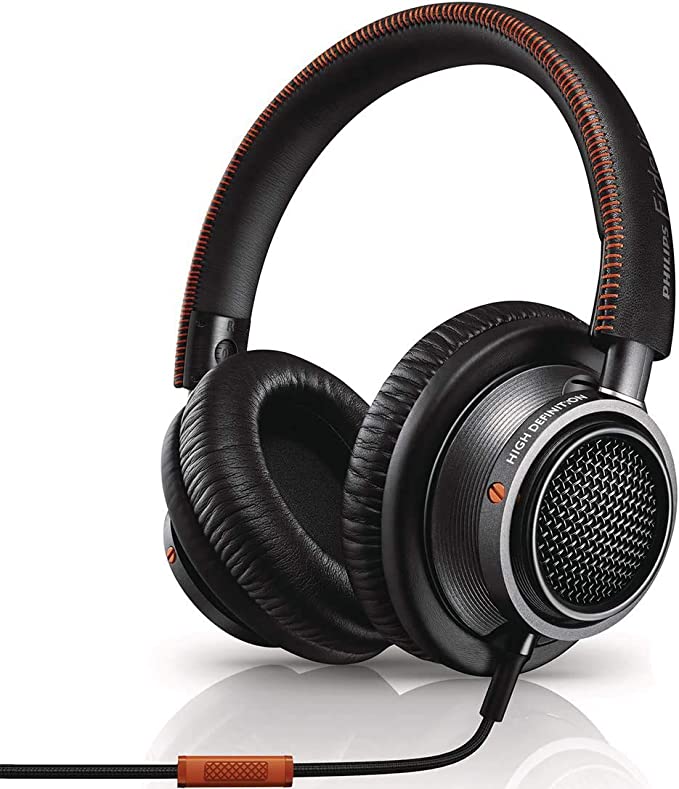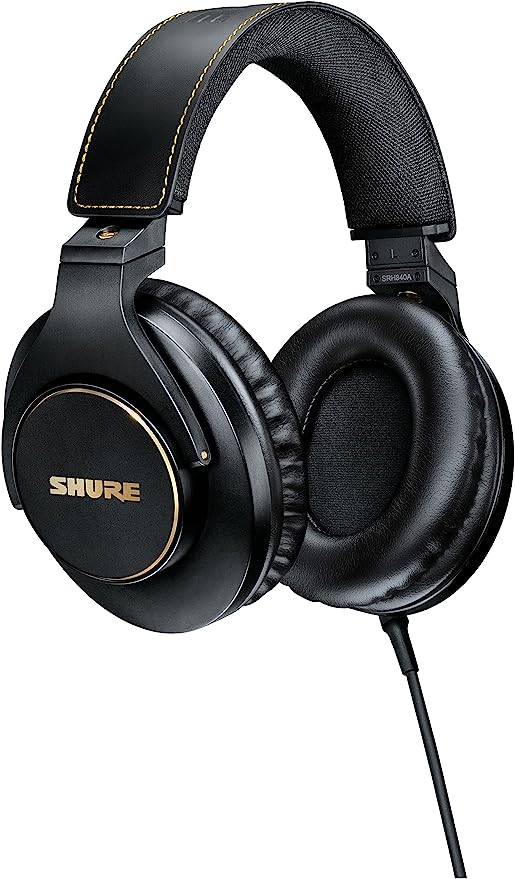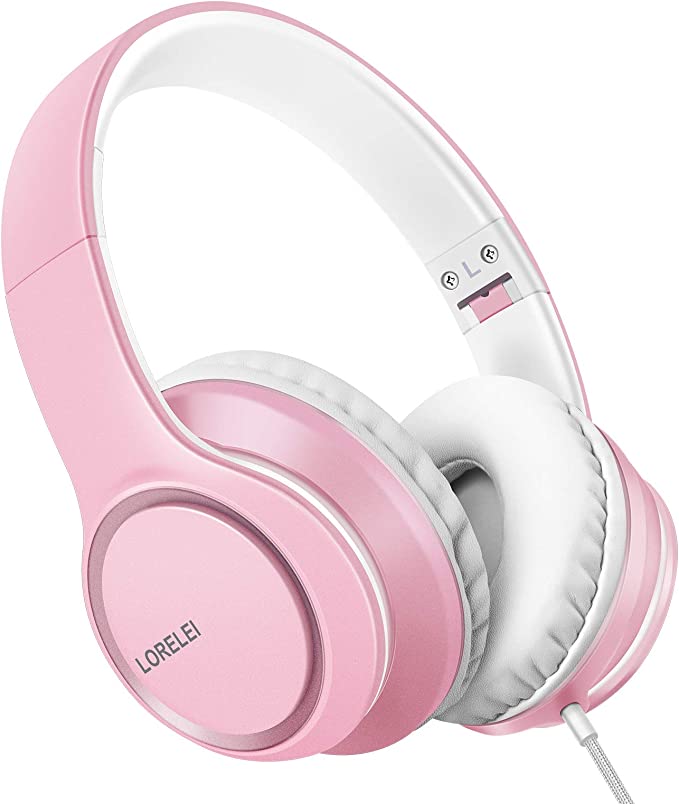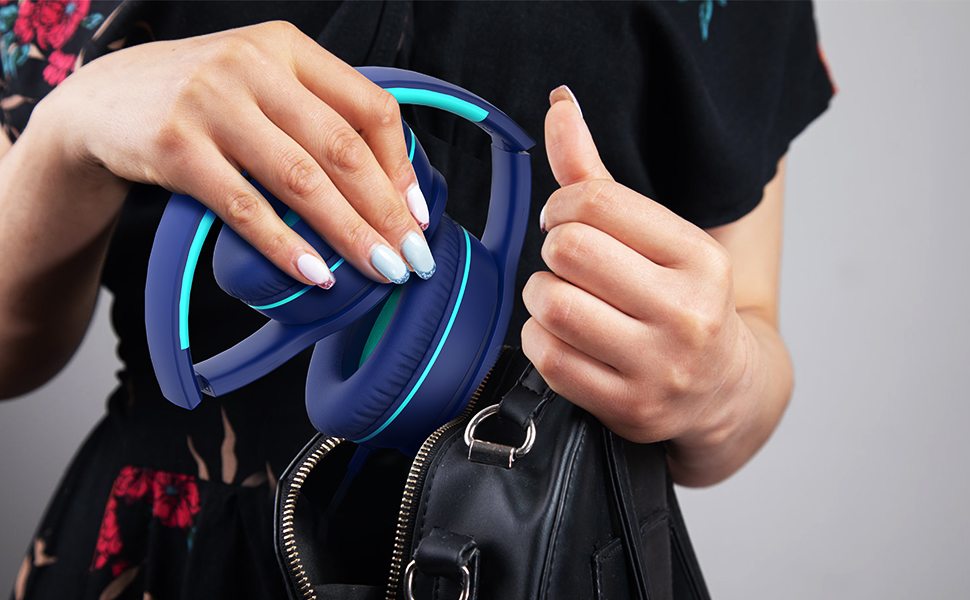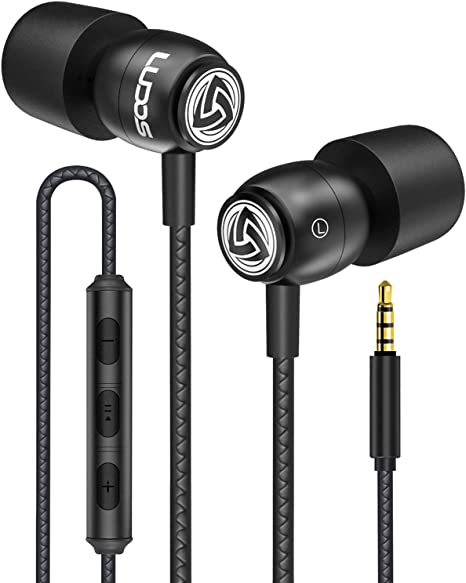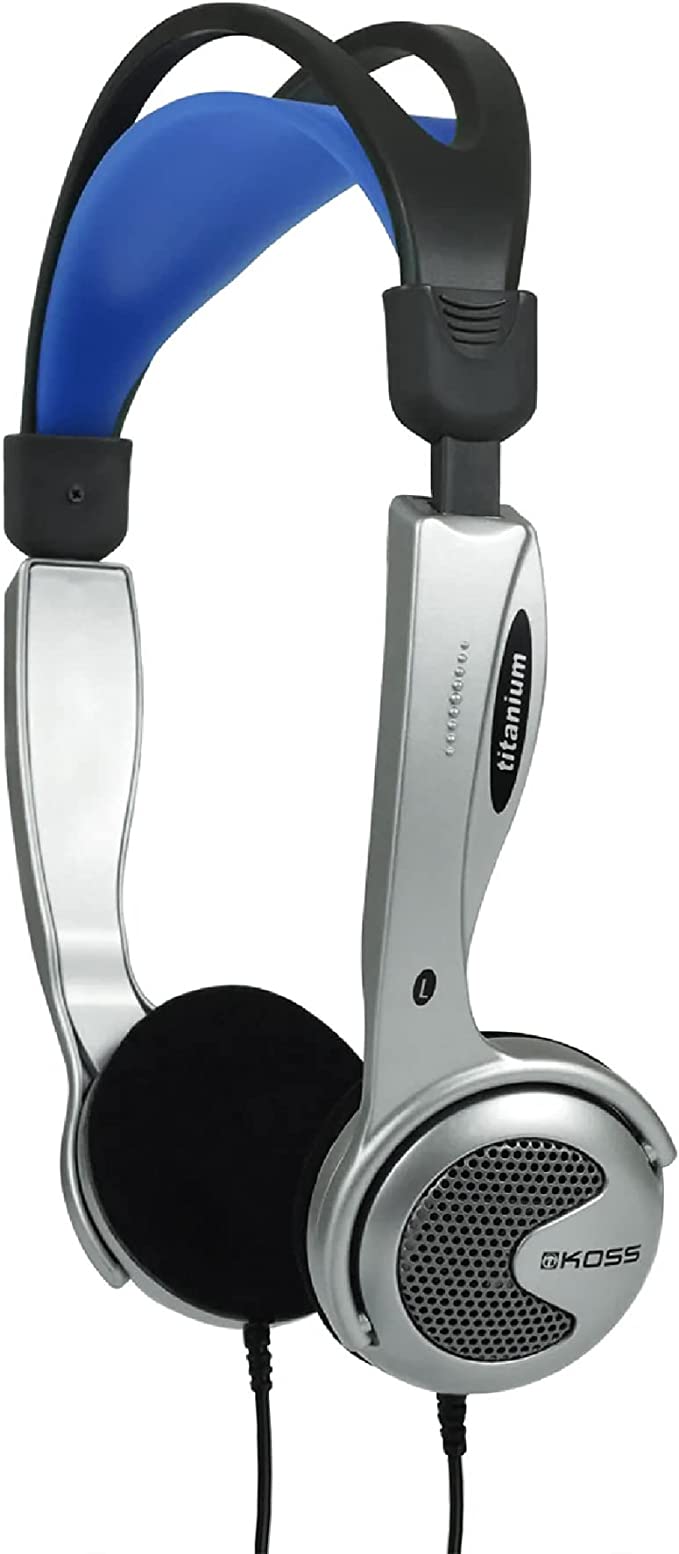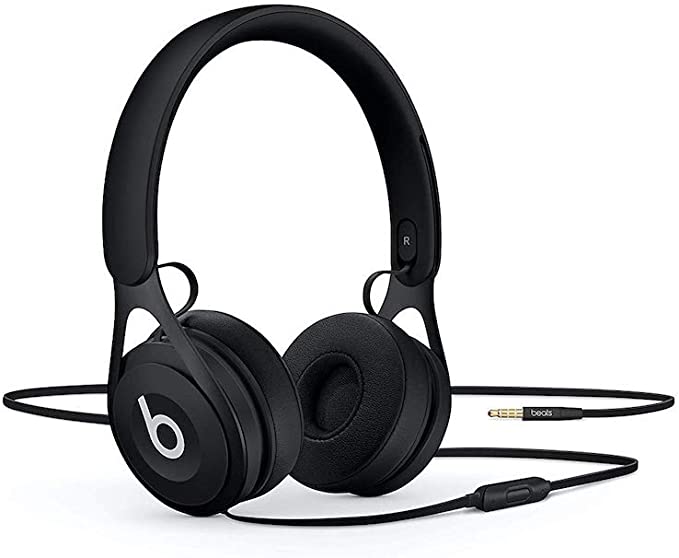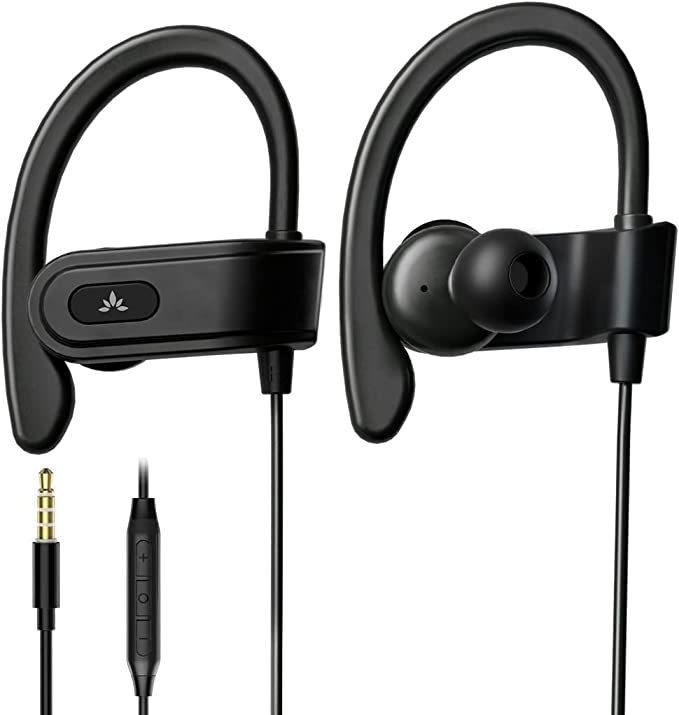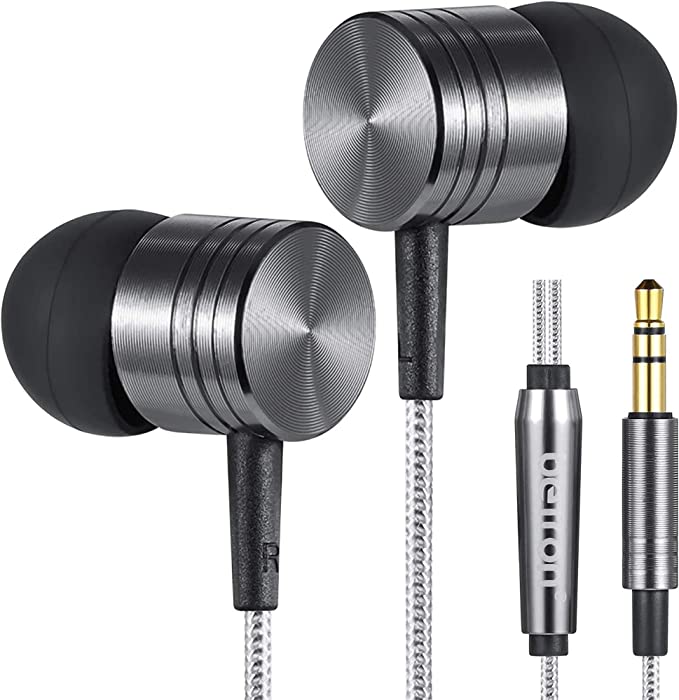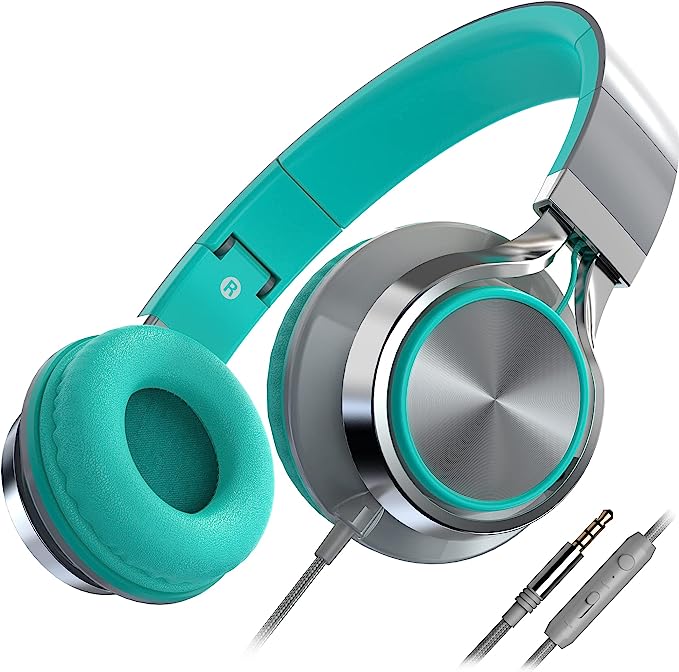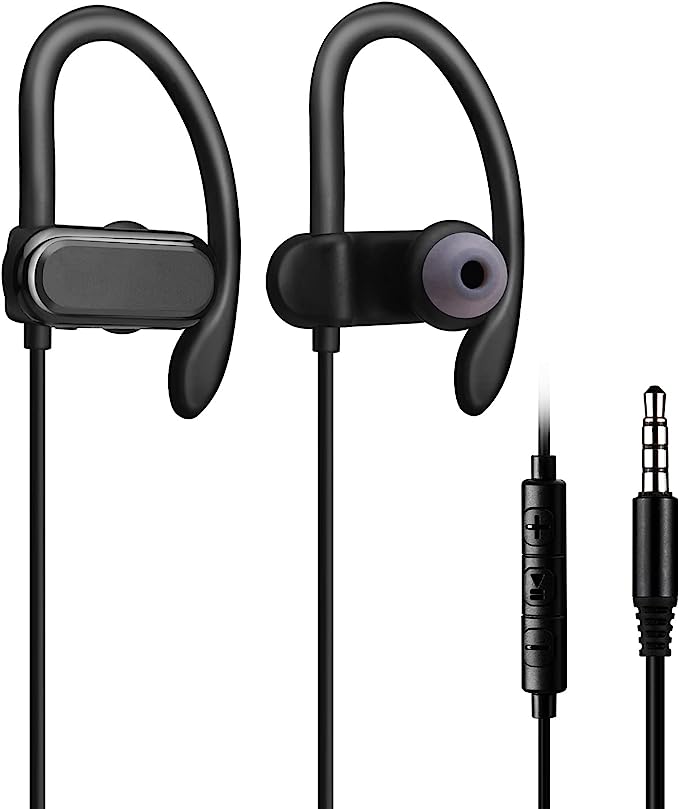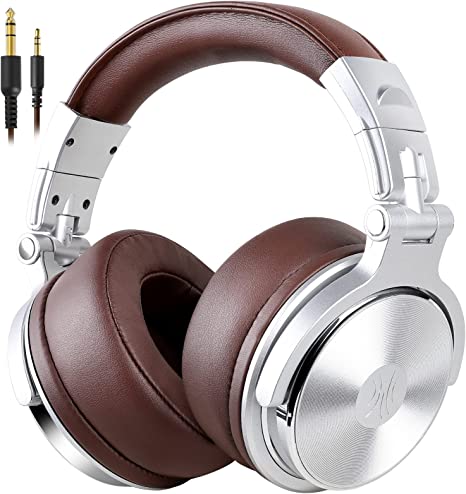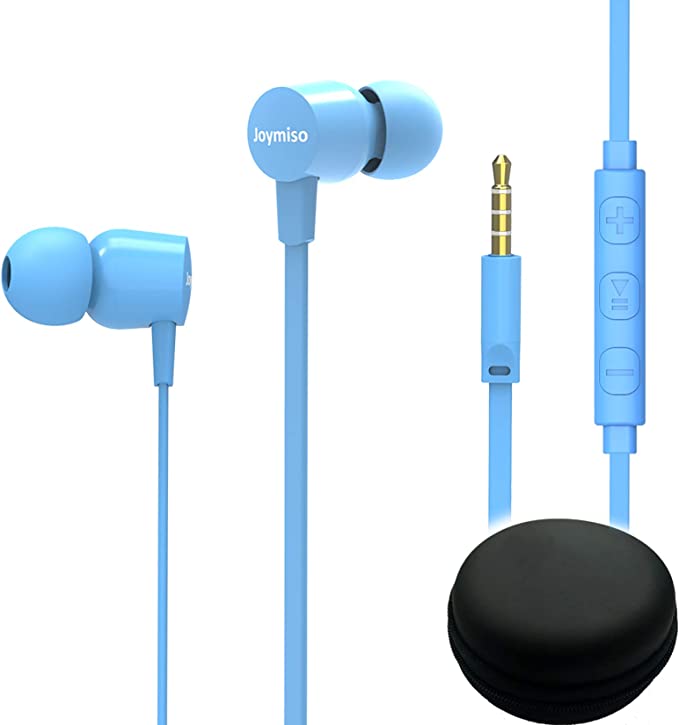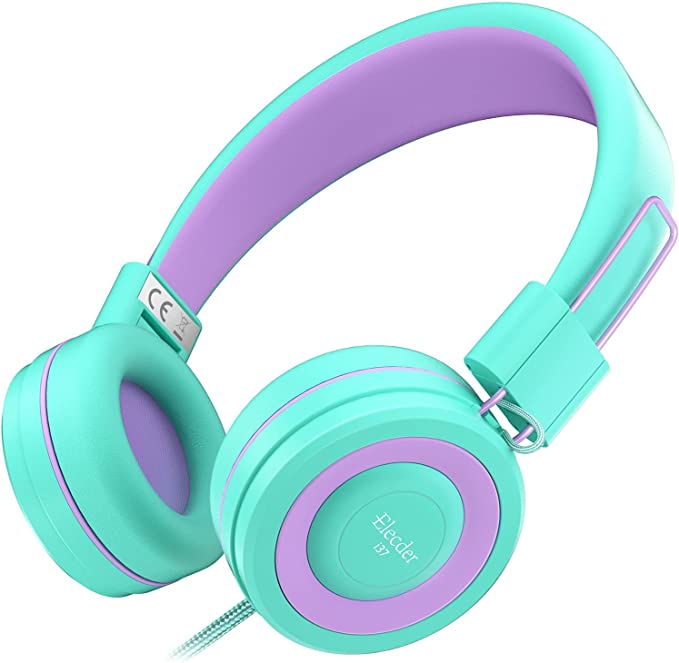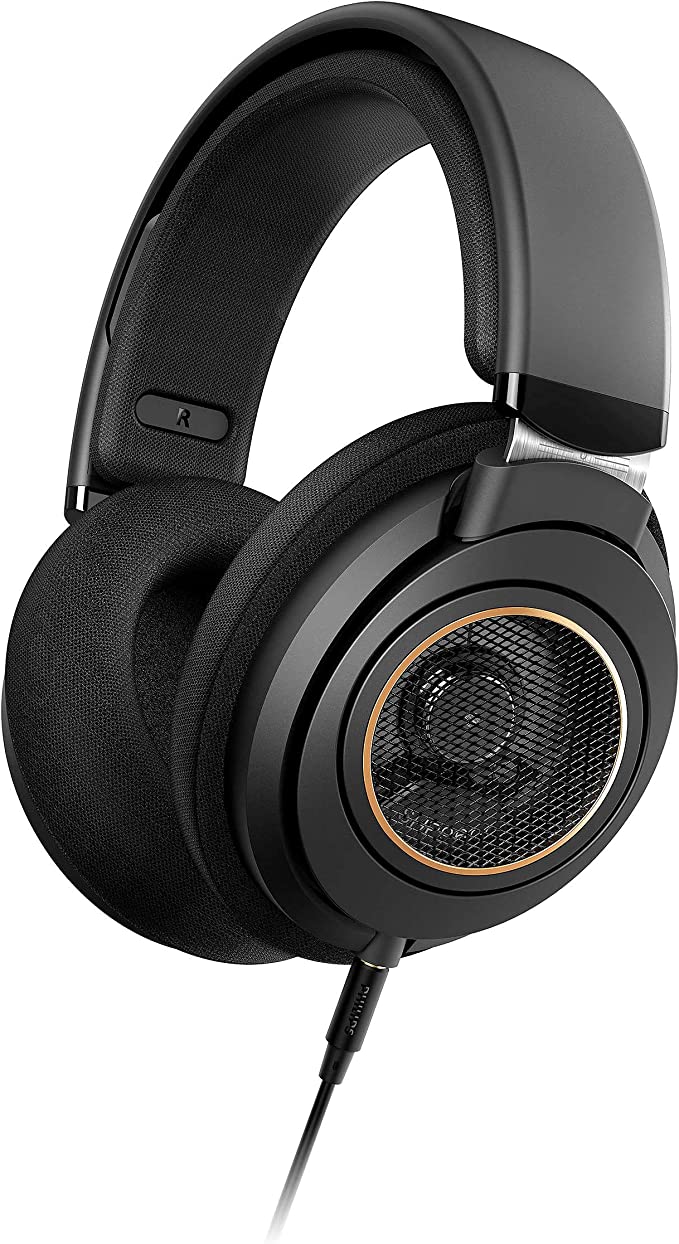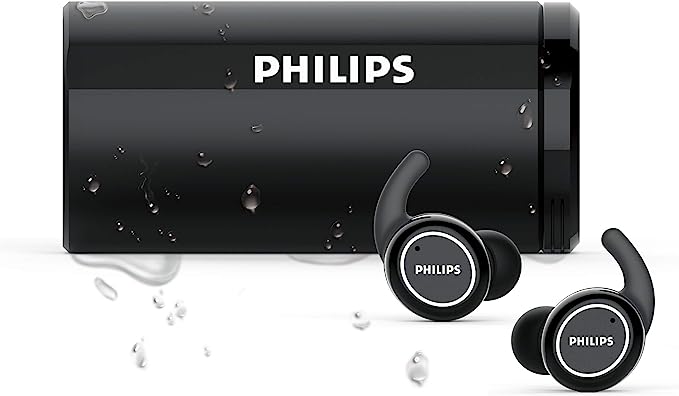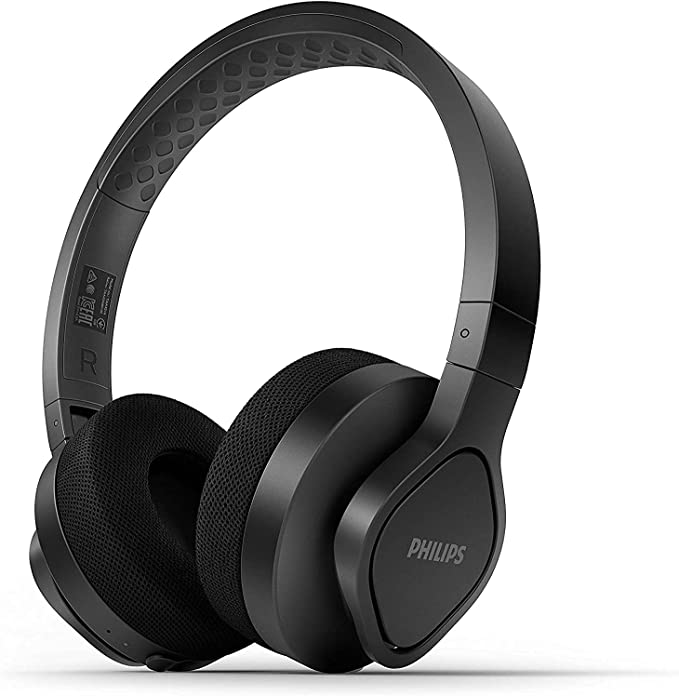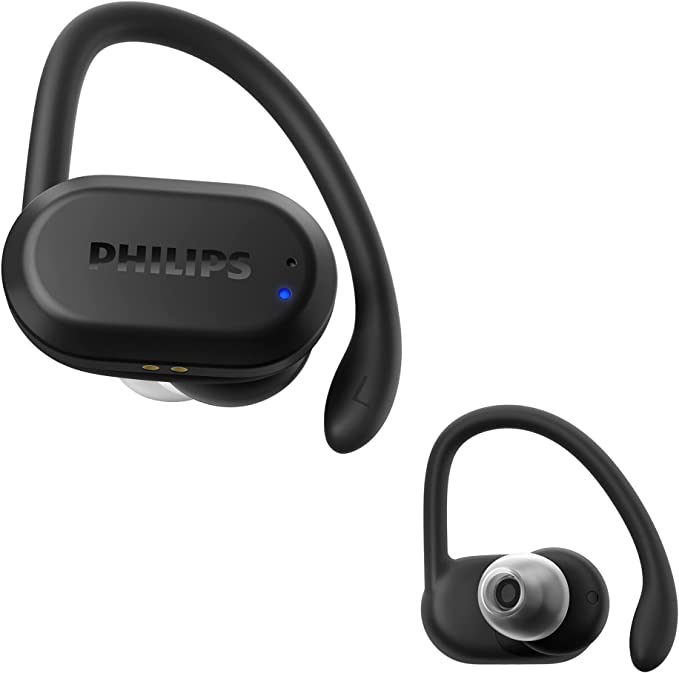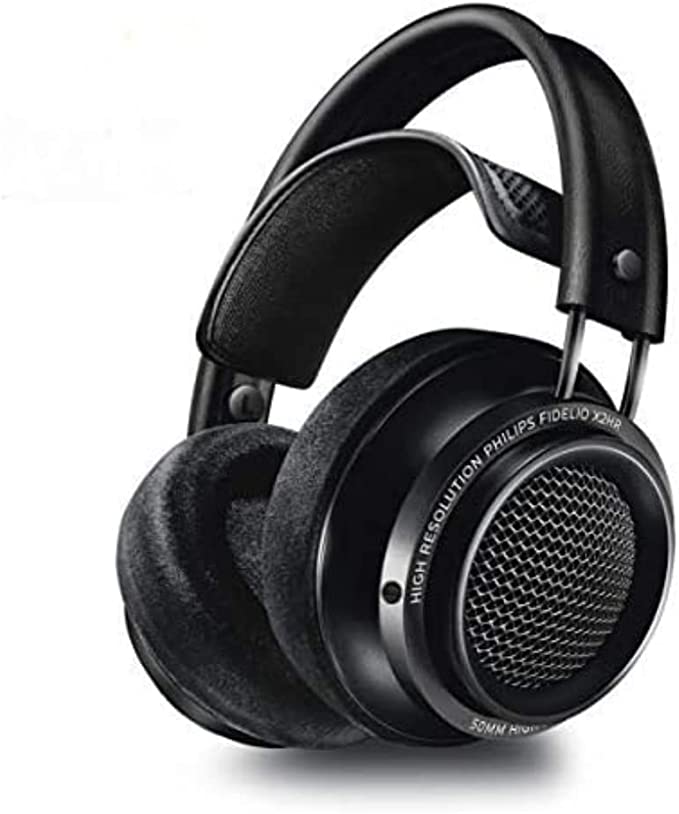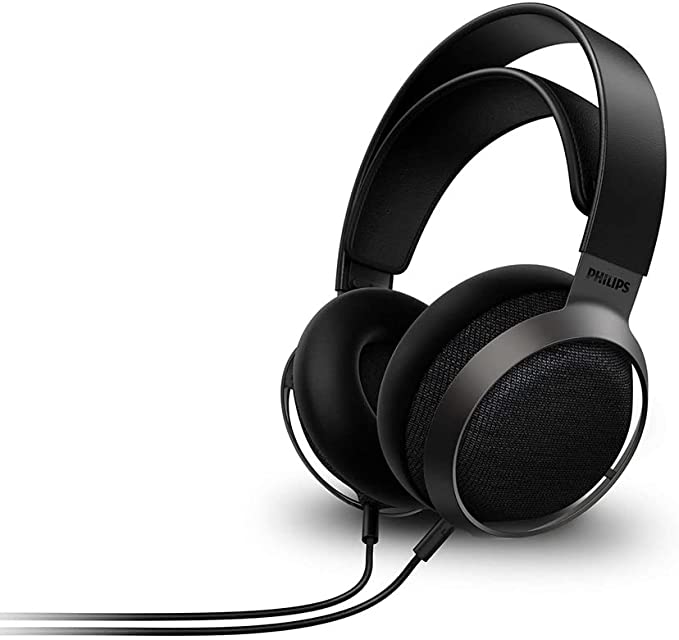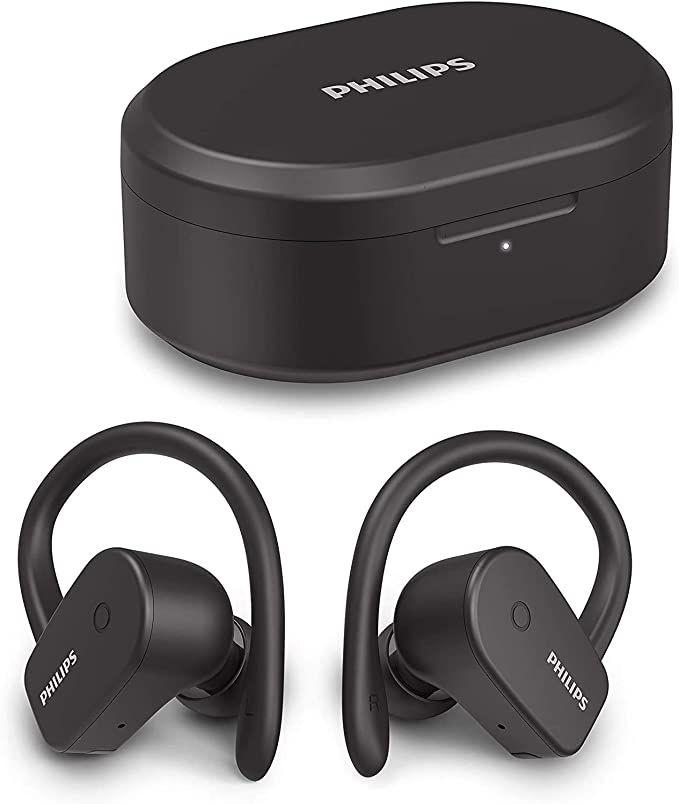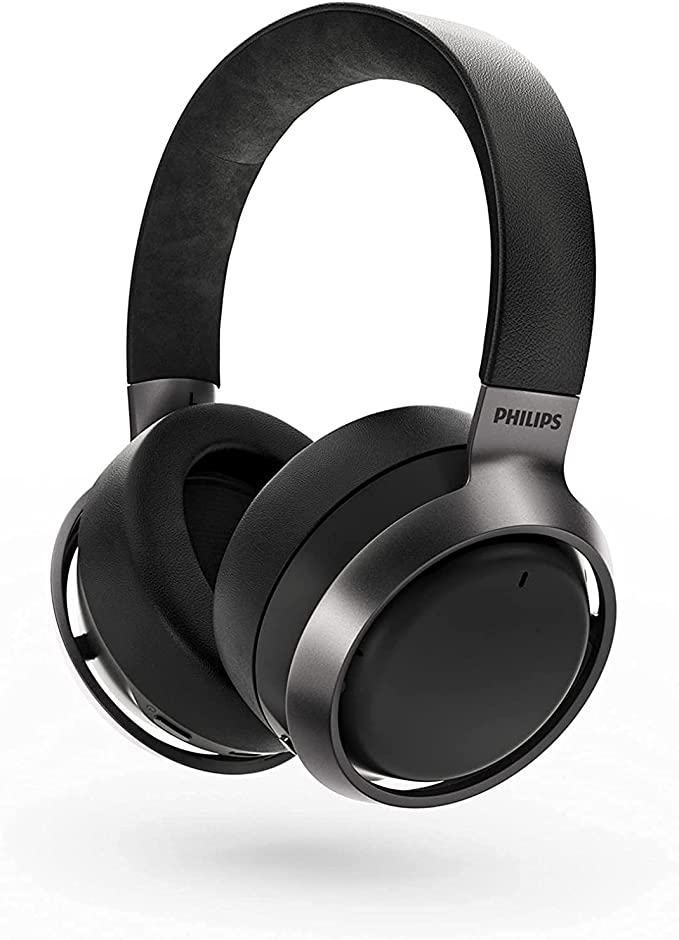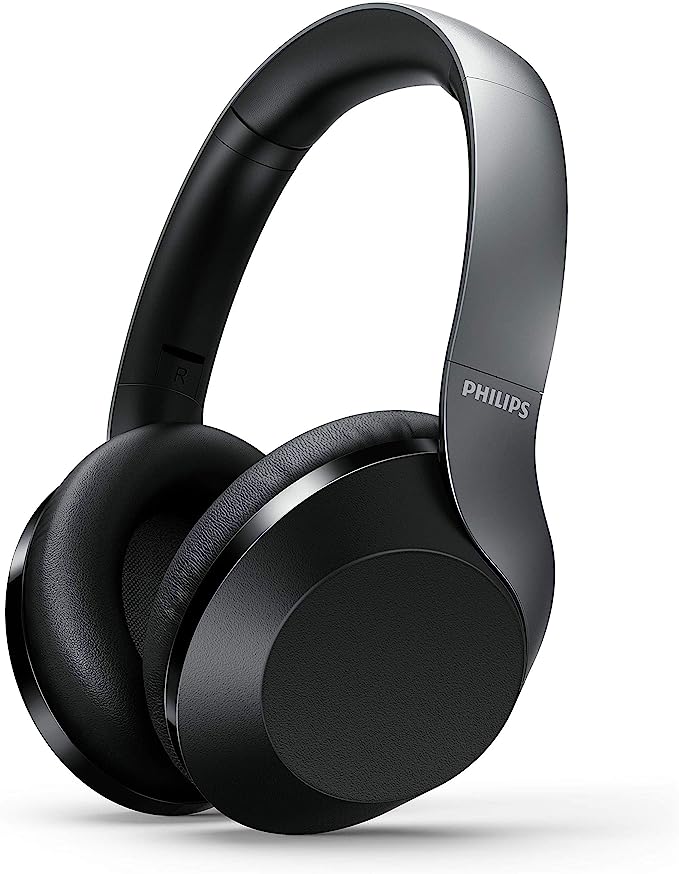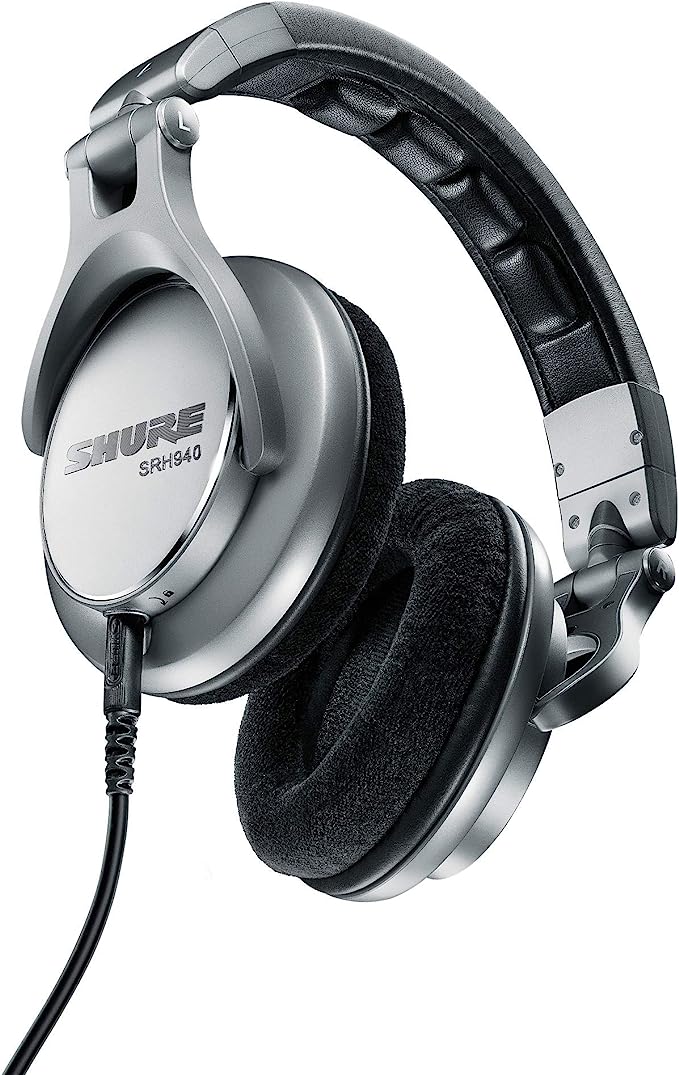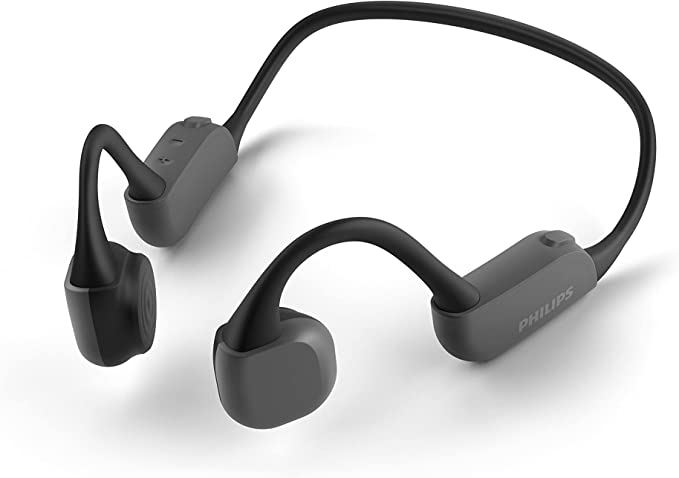PHILIPS p2000 Over Ear Wired Stereo Headphones - Experience Clear and Detailed Sound
Update on March 20, 2025, 9:02 a.m.
From the rustling of leaves to the soaring crescendo of an orchestra, sound enriches our lives in countless ways. And in our modern world, headphones have become an essential tool for experiencing audio, whether we’re immersing ourselves in music, focusing on a podcast, or enjoying the immersive soundscape of a video game. But with so many options available, how do you choose the right pair? Let’s explore the world of sound and headphone technology, and take a closer look at a solid contender: the PHILIPS p2000 Over-Ear Wired Stereo Headphones.

The Science of Sound: A Simplified Symphony
Before we dive into the specifics of headphones, let’s take a moment to appreciate the wonder of sound itself. At its core, sound is simply vibration. When an object vibrates, it creates waves of pressure that travel through the air (or other mediums). These waves reach our ears, where they’re converted into electrical signals that our brains interpret as sound.
Two key characteristics define these sound waves:
-
Frequency: This refers to how quickly the sound wave vibrates per second, measured in Hertz (Hz). A higher frequency means the wave is vibrating faster, which we perceive as a higher-pitched sound, like a flute or a bird’s chirp. A lower frequency means a slower vibration, resulting in a lower-pitched sound, like a bass guitar or a rumble of thunder. The range of human hearing is typically between 20 Hz and 20,000 Hz, although this can vary with age and individual differences.
-
Amplitude: This refers to the intensity or power of the sound wave, which we perceive as loudness. It’s measured in decibels (dB). A whisper might be around 20 dB, while a rock concert could reach 120 dB or more. Prolonged exposure to high sound pressure levels (SPL) can damage your hearing, so it’s important to listen at safe volumes.

Headphone Technology 101: Decoding the Drivers
Now, let’s turn our attention to how headphones reproduce these amazing sound waves. The heart of any headphone is its driver. This is the component that converts electrical signals into sound. The PHILIPS p2000, like many headphones, uses dynamic drivers.
Imagine a tiny speaker inside your headphones. That’s essentially what a dynamic driver is. It consists of three main parts:
- Diaphragm: A thin, flexible membrane that vibrates to create sound waves.
- Voice Coil: A coil of wire attached to the diaphragm.
- Magnet: A permanent magnet that creates a magnetic field.
When an electrical signal (representing the audio) passes through the voice coil, it creates a fluctuating magnetic field. This field interacts with the permanent magnet, causing the voice coil, and thus the diaphragm, to vibrate. These vibrations create sound waves that correspond to the original audio signal. The PHILIPS P2000 has a 40mm drivers, generally larger drivers can provide more powerful sounds.
The p2000’s dynamic drivers are designed to deliver a balanced sound across a wide range of frequencies.
Understanding Frequency Response
Frequency response is a crucial specification for any headphone. It indicates the range of frequencies the headphone can reproduce, typically plotted on a graph. Ideally, you want a headphone that can reproduce all the frequencies you can hear, from the lowest bass notes to the highest treble tones. The PHILIPS p2000’s frequency response covers the standard human hearing range (from 10 Hz to 23,000 Hz), ensuring you won’t miss any detail in your audio.

Impedance and Sensitivity: A Quick Note
Two other specifications you might encounter are impedance and sensitivity.
- Impedance, measured in ohms (Ω), describes how much resistance the headphones offer to the electrical signal. Lower impedance headphones are generally easier to drive, meaning they can achieve a louder volume with less power. They’re often a good match for portable devices like smartphones and laptops. While the exact impedance of the p2000 is not listed among provided, general wired headphones are low impedance.
- Sensitivity, measured in decibels per milliwatt (dB/mW), indicates how loud the headphones will play at a given power level.
Soundstage and Imaging: Creating an Immersive Experience
Beyond frequency response, two other factors contribute to a headphone’s overall sound quality: soundstage and imaging.
- Soundstage refers to the perceived width, depth, and height of the sound. A good soundstage makes you feel like you’re surrounded by the music, rather than just hearing it inside your head.
- Imaging refers to the ability to accurately pinpoint the location of different instruments or sound sources within the soundstage.
Meet the PHILIPS p2000: Comfort and Versatility
The PHILIPS p2000 is designed with both sound quality and practicality in mind. Its over-ear, closed-back design provides good noise isolation, meaning it helps to block out external sounds, allowing you to focus on your audio. This is particularly useful in noisy environments or when you don’t want to disturb others.
The 90-degree rotating earcups are a convenient feature, especially for DJs and audio professionals who need to monitor audio with one ear while keeping the other ear open to the surrounding environment. The 2-meter cable provides ample length for freedom of movement, whether you’re connecting to a computer, a musical instrument, or a mixing console.
The inclusion of both a 3.5mm connector (standard for most portable devices) and a 6.3mm adapter (common in professional audio equipment) makes the p2000 highly versatile.
Addressing Potential Concerns: Volume Levels
Some user reviews have mentioned that the p2000’s maximum volume might be lower than expected. It’s important to note that perceived volume depends on several factors, including the output power of the device you’re using, the impedance and sensitivity of the headphones, and individual hearing sensitivity. While the p2000 may not be the loudest headphones on the market, they prioritize clear and balanced sound reproduction over sheer volume. This can actually be a benefit in terms of protecting your hearing.

Beyond the Basics: Caring for Your Headphones and Your Hearing
To get the most out of your headphones and ensure they last for years to come, follow these simple tips:
- Storage: When not in use, store your headphones in a case or pouch to protect them from dust, moisture, and accidental damage.
- Cleaning: Regularly clean the ear pads and headband with a soft, damp cloth. Avoid using harsh chemicals or abrasive cleaners.
- Cable Care: Avoid pulling or yanking on the cable, and be careful not to bend it sharply.
- Volume Control: Listen at moderate volume levels to protect your hearing. Prolonged exposure to loud sounds can cause permanent damage.
Open-Back vs. Closed-Back: Choosing the Right Design
Headphones come in two main design types: open-back and closed-back. The p2000 is a closed-back design, meaning the earcups are sealed, preventing sound from leaking in or out. This provides good noise isolation. Open-back headphones, on the other hand, have earcups that are open to the air. This typically results in a wider, more natural soundstage, but it also means that sound can leak in and out, making them less suitable for noisy environments or situations where you need to be quiet.
The Ever-Evolving World of Headphones
Headphone technology continues to evolve, with ongoing advancements in wireless connectivity, noise cancellation, and personalized audio experiences. While the PHILIPS p2000 represents a classic wired design, it benefits from decades of audio engineering expertise, delivering reliable performance and good value.

Conclusion: A Solid Choice for Sound Enthusiasts
The PHILIPS p2000 Over-Ear Wired Stereo Headphones offer a compelling combination of sound quality, comfort, versatility, and affordability. They’re a great option for music lovers, gamers, aspiring musicians, podcast enthusiasts, and anyone who values clear and balanced audio. While they may not have all the bells and whistles of more expensive models, they deliver a solid listening experience that’s sure to satisfy. The PHILIPS p2000, are great options for those, who wants a durable and affordable headphone that can get job done.
